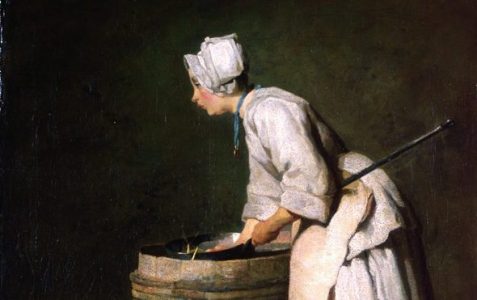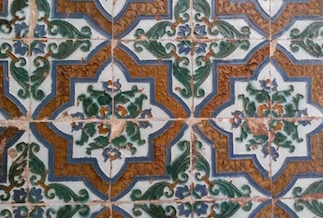MORE than a lick & promise...
... some serious housekeeping is in order. But be assured, after a good dusting down and a thorough sweep through - an out with the old and an in with the new - this RE:public of literature & life ..., that which I call my own but gladly share, will return again, back to the fray; freshly spruced for to greet the day - and just asking to be read once MORE. Or so she says!

